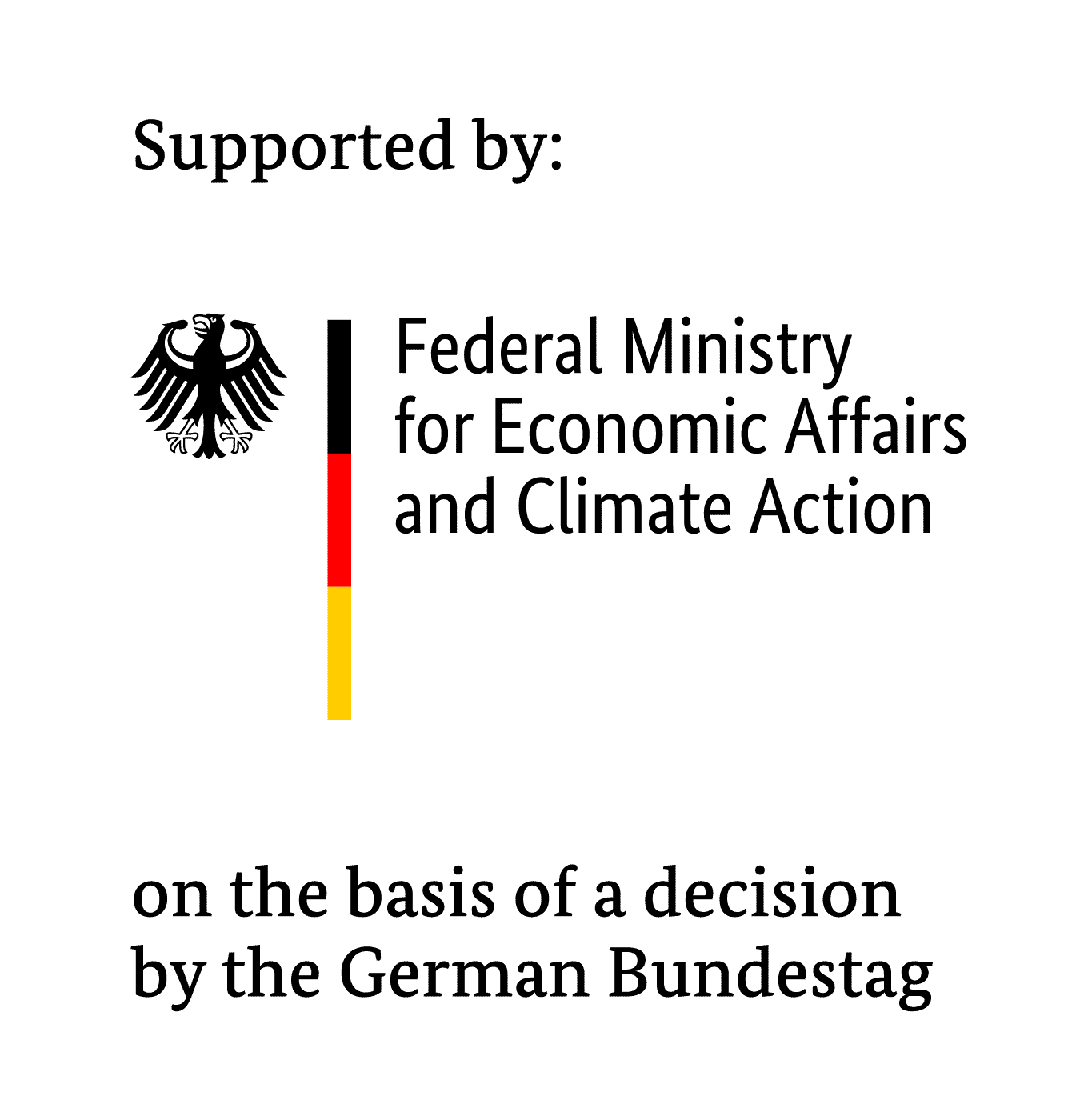Projectname:
Influence of process and food-specific parameters in the application of antimicrobial hop extracts 2
Workgroup: Packaging materials
Scientific Partners and Guidance:
Fraunhofer-Institut für Verfahrenstechnik und Verpackung IVV; Dr. Carolin Hauser
IGF: 18913 N
Financing: BMWi
Duration: 2015-2017
Products and meals of fresh appearance are increasingly found on the refrigerated shelves of supermarkets. They are also used in gastronomy, catering, and in the whole food service sector. A problem with fresh, non-thermally treated foods is the resulting rapid microbiological spoiling. Such foods have a shelf-life of just a few days and pose a not insignificant microbiological risk. The cause of this quality loss is the intrinsic microflora which are naturally present and which are only partially killed by the minimal processing.
A variety of additives can be used to guarantee the quality and stability of these products. However, today’s consumers do not want nor expect additives to be present in fresh and natural food products.
Natural, antimicrobial hop extracts represent a promising alternative to artificial food additives. A research project was undertaken by the Fraunhofer Institute for Process Engineering and Packaging IVV to investigate the antimicrobial effectiveness of hop extracts and their application in a variety of foods including lettuce, strawberries, meat, and meat marinades. The results were highly promising.
Each specific food or application area, however, involves different conditions (such as pH value, fat/water content, storage temperature, and in some cases the application of heat during the preparation of the food product). These intrinsic and extrinsic factors can markedly affect the physical/chemical and antimicrobial properties of the antimicrobial agents.
In order to be able to predict the effectiveness for specific applications it is vital to understand how the extracts behave in different matrices and under different application conditions.
Building on the results of the first project, a follow-up project is being undertaken to determine the antimicrobial effectiveness and physical/chemical behavior of the hop extracts in different food matrices. Decisive here are aspects such as the solubility, phase distribution, and thermal properties of the extracts. The effect of parameters such as the pH and fat content will be studied using model systems and then measured directly on food products. To apply the extracts, immersion and spraying methods will be tested. The acquired data will be verified by performing storage tests on a variety of food products. As part of the storage tests, the effect of the hop extracts on the foods will be measured using microbiological, sensory, and chemical analysis.

The IGF project presented here by the Research Association of the Industrial Association for Food Technology and Packaging (IVLV e.V.) is funded by the Federal Ministry for Economic Affairs and Climate Action as part of the program for the promotion of industrial community research (IGF) based on a decision of the German Bundestag.